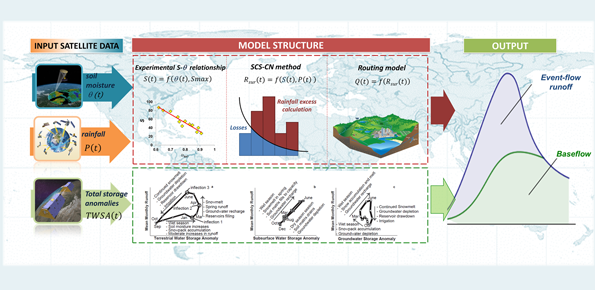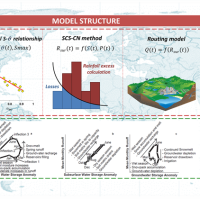SaTellite based Runoff Evaluation And Mapping
(STREAM)

Background
Water is at the centre of economic and social development; it is vital to maintain health, grow food, manage the environment, and create jobs. As well over half of the world’s potable water supply is extracted from rivers, either directly or from reservoirs, understanding the variability of the stored water on and below landmasses, i.e., total runoff, is of primary importance. In situ observations or land surface/hydrological models are generally used for the quantification of total runoff but they suffer from many limitations. Developing innovative methods able to maximize the recovery of information on runoff contained in current satellite observations of climatic and environmental variables becomes mandatory and urgent.
Purpose
The objective of the project is a comprehensive understanding of the hydrological cycle, its natural processes and their interaction with human activities on the land. More specifically, the end goal being targeted is to provide model-independent total runoff estimates over the globe, precious for many applications such as the estimation of the coastal freshwater discharge in to the oceans or the global water security.
Methods
Model-independent total runoff estimates will be provided by developing an “observational” physically-based approach that exploits satellite soil moisture, precipitation observations and terrestrial water storage anomalies. The first two variables will provide the event flow component of the total runoff while the terrestrial water storage anomalies will be used for obtaining its complementary part, i.e., the baseflow component. The underlying assumptions behind STREAM are the knowledge of the key mechanisms and processes that act in the formation of runoff like the role of the soil moisture in determining the response of the catchment to the precipitation inputs, which have been soundly demonstrated in more than ten years of literature studies.
Products
Satellite-based runoff estimates over five pilot areas (Amazon, Danube, Mississippi, Murray-Darling, Niger) over the globe.




 Internal contact person: stefania camici -
Internal contact person: stefania camici -